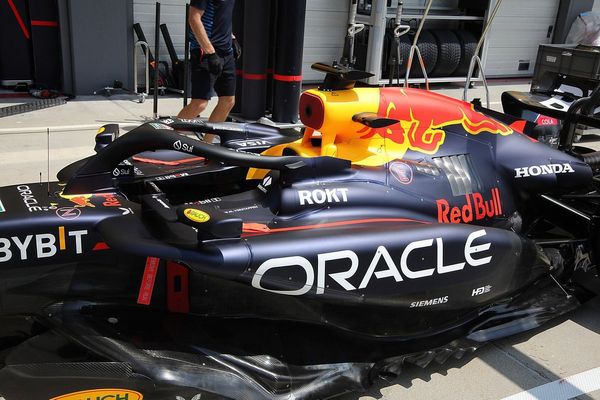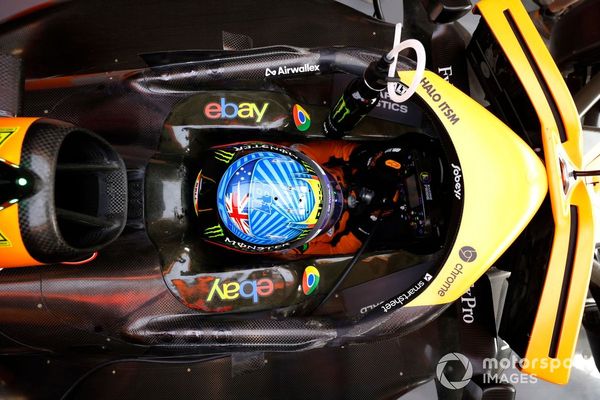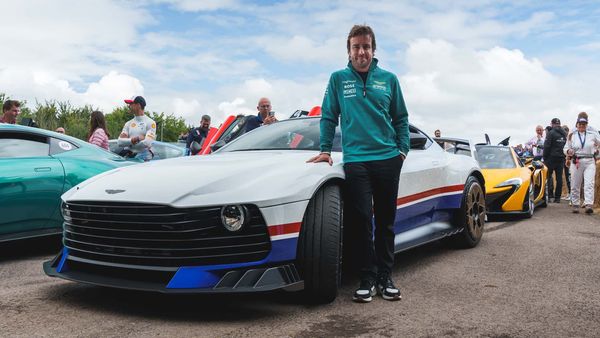
The tide of changes coming to Formula 1 for 2026 has been met with a mixed reception with concerns over car weight, lack of corner downforce and straightline speeds that one driver has called “crazy”. But what caught my eye was the plan to introduce active aerodynamics, involving moveable front and rear wings, which unlike the outgoing DRS will be activated at certain points of the circuit regardless of position or gap to the car ahead.
But it isn’t a like-for-like DRS replacement; the active aero’s primary function will be for improved efficiency from low drag in the straights and high downforce in the corners to ultimately save fuel, instead of as an overtaking assist. As everyone will switch from the so-called high downforce Z-mode for cornering to the low-drag X-mode on the straights at the same points, there can be no advantages from tactical deployment.
The big differentiator will be how effectively the wings work in the different configurations. For that reason, I question why it should be driver-controlled, even if it does turn out to be as simple to operate as DRS is now, with a button to activate before reverting under braking. If efficiency is the aim, why not automate the system using sensors?
In any case, it’s a positive development that would be good for Formula E to adopt. And not like F1 has with a little wing going up and down.
We’ve already seen Formula E’s exciting plans for the Gen3 Evo, coming next year with four-wheel drive, and know that Gen4’s chassis tender calls for two different aerodynamic specifications in the form of interchangeable high and low-downforce bodykits. I believe the championship should seriously consider taking a full step, not a half step, and use the opportunity of a clean sheet design to introduce a massive moveable aerodynamic surface that creates the maximum amount of downforce in a corner and the lowest amount of drag for the straights. These are the ingredients for the optimal racing car and would also extend the battery life to make a win-win for all concerned.

One of the reasons F1 embraced DRS back in 2011 was because cars were losing downforce in corners when following each other and it was hurting overtaking opportunities. It was easier than addressing what was arguably an equal contributing problem of track design; most circuits have corners that allow for a single optimum racing line that discourages the varied approaches you get from somewhere like Zandvoort’s banked Turn 3, necessitating DRS as an overtaking tool.
But the use case for DRS in Formula E has never come up because we have low downforce and the powertrain is the biggest performance differentiator. The recent Shanghai E-Prix, on a track with lots of fast corners, was the first time we found it hard to follow behind another car. This isn’t often a problem in Formula E because we have high drag, which is why you see the peloton races – being behind somebody is very beneficial on the energy.
Formula E should skip the two-bodywork solution for fully moveable, programmable active aero
As the cars gain downforce, a move towards DRS might appear to make sense. But Formula E doesn’t need aerodynamic gimmicks to create overtakes, especially because from next year we’ll have four-wheel drive in attack mode. This will allow for overtaking while accelerating, not only at top speed, totally changing the game.
Therefore, Formula E should skip the two-bodywork solution for fully moveable, programmable active aero that switches between different levels of downforce during the race such that, if the driver wishes, the front and rear wings could move independently. I would not be concerned about managing it, as we are adjusting things in the car all the time already, but I favour it being automatic because it’s the most efficient way of doing it. After all, isn’t that what this is about?











